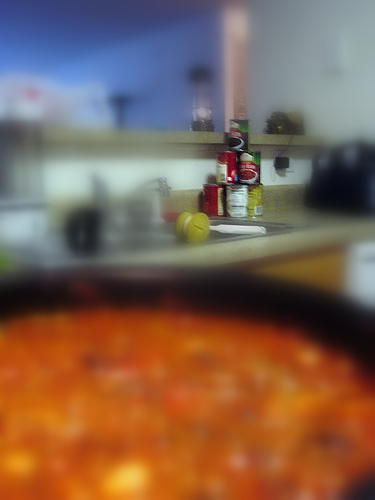A’s
In science class, we’re learning about the atomic world and what makes different elements different. To their surprise, it’s just the number of protons. Some are somewhat interested, but we’re not yet to the interest level that produces questions like, “You mean mercury could turn into into gold if we just took away one proton and one electron.”
What I wouldn’t give for a question like that. But we’re getting there.
One thing I’ve done to try to keep interest levels up is to make as many lessons hands-on as possible. Thus, last Friday we put all our new knowledge to work by making clay models of atoms. Each student chose an element (from a list I provided — I didn’t want anyone coming up with protactinium, for example) and then devised a way to make a model. Forgetting about the number of neutrons, we made semi-anatomically-correct models of sodium, oxygen, neon, and others. And at the end of the lesson, I announced there would be a quiz Monday.
The young men I work with probably have made very few A’s in their lives. This is not because of a lack of ability or intelligence, but the fact that their behavior problems get in the way of learning. And so, to this point, the grades have been relatively low as I learn how to tweak my lessons and quizzes and homework assignments just so — they must be instructive, vaguely interesting, challenging, yet not defeatingly so.
The quiz was simple: I put each clay model on a piece of paper that had a number in the corner, gave the students a periodic chart and sheet of paper, and told them to identify the elements. I let them take the time they needed, because when I saw some counting protons, others counting electrons, I thought, “This could be it — the quiz everyone passes.”
Not only that, but everyone got an “A.”
There was some bravado, as showing pleasure at having aced a quiz would have been a sign of weakness to some of these kids. But their eyes told me that they were pleased.
With that positive start, it was difficult not to have a productive lesson
